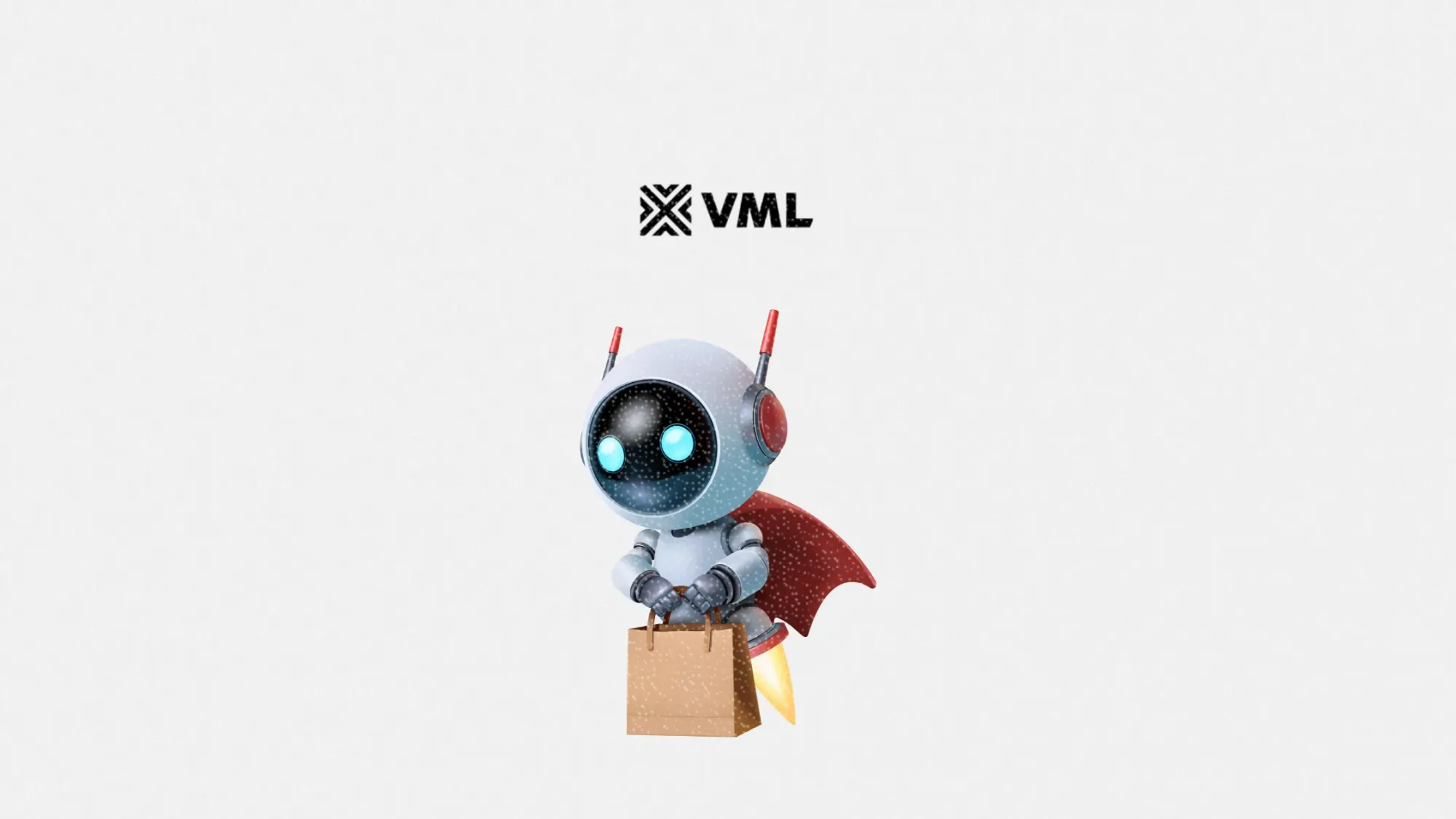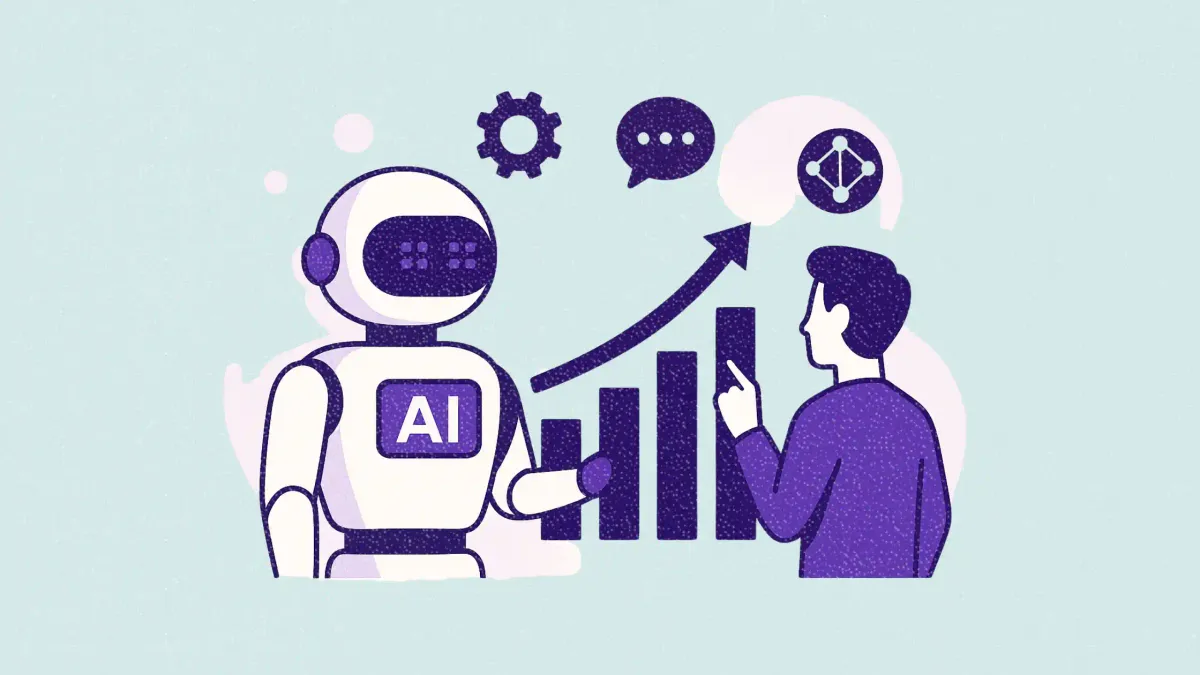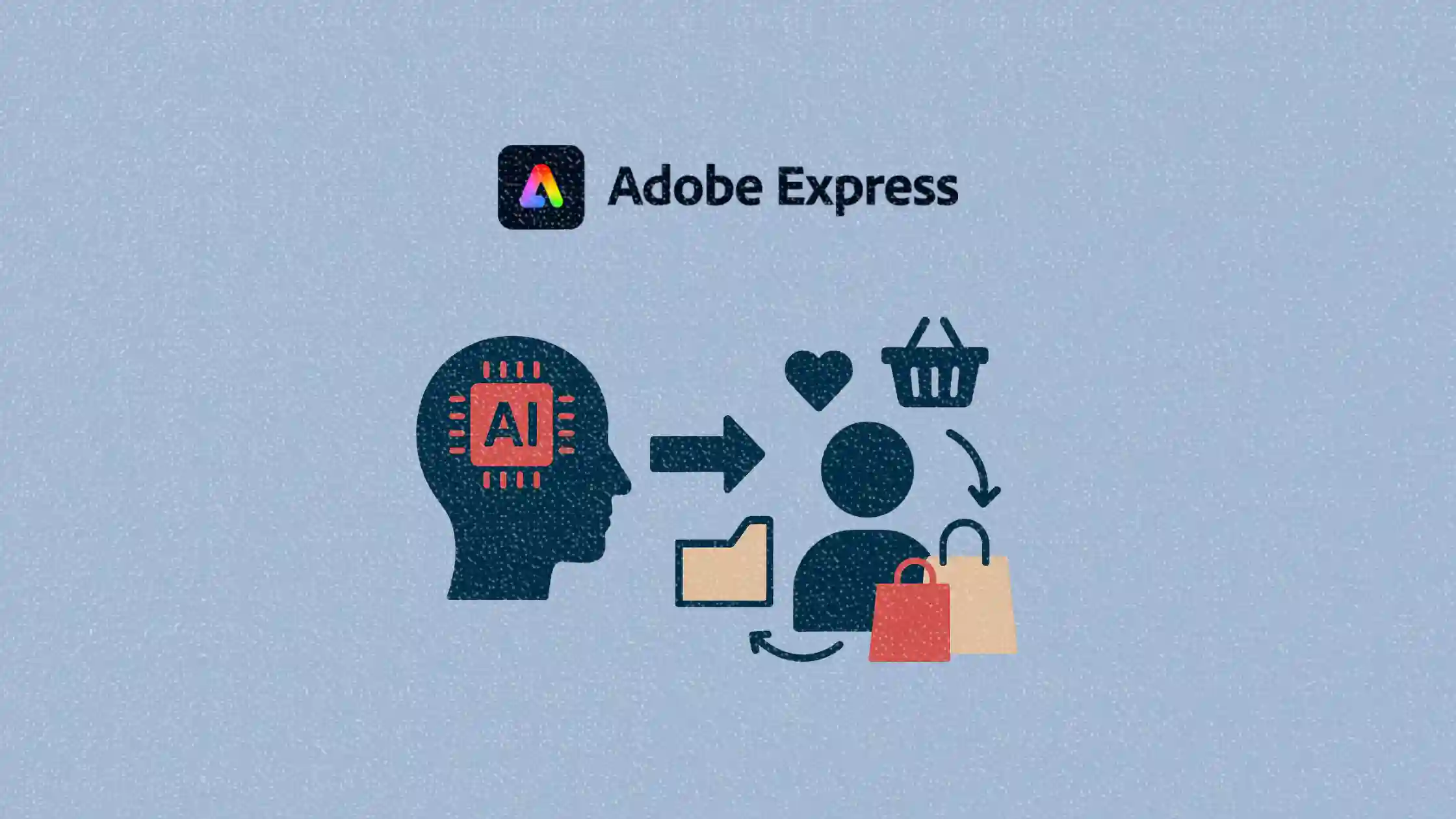Shoppers want speed and AI, but most brands still miss the mark
New VML data shows 45% of shoppers abandon carts due to poor digital experience. Here’s what marketers should take seriously

A new global study from VML reveals a troubling disconnect between consumer expectations and brand performance in digital commerce. The Future Shopper 2025 report, based on responses from over 25,000 shoppers across 16 countries, shows that even after years of digital transformation, brands still struggle to deliver on the basics: value, speed, trust, and seamless experience.
At a time when shoppers expect delivery in hours and want AI to do the heavy lifting, 45% still abandon carts because of frustrating digital journeys. VML’s data shows that this isn’t just a UX issue. It’s a fundamental business risk for retailers failing to keep pace with evolving expectations.
This article explores the key findings from Future Shopper 2025 and what they signal for marketers navigating the age of compressed commerce and AI-driven discovery.
Short on time?
Here’s a table of contents for quick access:
- What is the Future Shopper 2025 report?
- The rise of AI in the path to purchase
- Personalization is broken but fixable
- Marketplaces lose ground as omnichannel gains traction
- What marketers should know

What is the Future Shopper 2025 report?
VML’s Future Shopper is one of the most comprehensive retail sentiment studies in the world. Now in its ninth year, the 2025 edition examines how consumer behavior is evolving across markets and what that means for digital strategy, commerce, and brand trust.
This year’s key takeaway: even as brands invest in digital, they’re still missing the mark where it matters most—customer experience.
- 45% of shoppers abandon purchases due to poor digital UX
- 46% say they're amazed at how bad the experience still is with major retailers
- 50% believe businesses have no idea what shoppers actually want online
These are not fringe complaints. They’re indicators of a market where loyalty is earned through every click and lost just as fast.
The rise of AI in the path to purchase
AI is no longer hype. It’s happening in real time across the shopper journey.
According to the report:
- 68% of global consumers have used AI tools like ChatGPT to support their shopping
- 52% are excited about having a personal AI agent shop for them
While marketplaces have long dominated the discovery and inspiration phase, their grip is loosening. Search engines are making a comeback, likely due to new AI integrations that improve context-aware product discovery.
This marks a shift from platform loyalty to experience utility. Consumers are no longer just loyal to Amazon or Shopee; they’re loyal to whatever gets them answers and value the fastest.

Personalization is broken but fixable
Personalization remains both a promise and a pain point.
- 63% of consumers say tailored recommendations help them discover new products
- Yet 45% think brands still do a poor job at it
The gap lies not in the concept of personalization but in the execution. Static recommendations, irrelevant retargeting, and outdated segments are turning consumers off.
For marketers, this is the wake-up call. Personalization needs to shift from product-centric to value-centric. Use AI not just to push SKUs, but to simplify decision-making. The goal isn’t more personalization—it’s useful personalization.
Marketplaces lose ground as omnichannel gains traction
Marketplaces are still central, but their dominance is slipping. The study notes a decline in their share of wallet down to 22% from 29% last year.
Instead, consumers are embracing a mix of platforms across the journey—from search to social to brand websites. This signals a more fluid, omnichannel mindset.
For marketers, this means your D2C play is no longer optional. You can’t just optimize for marketplace visibility and expect to win loyalty. Omnichannel is no longer about presence. It is about performance across every digital touchpoint.
What marketers should know
1. Fix your CX foundation before chasing the next big thing
If 45% of shoppers are quitting because of poor digital UX, it’s time to audit your funnel—from site speed to checkout flow to post-purchase touchpoints. Innovation is pointless without execution.
2. Embrace AI but use it to reduce friction
Consumers aren’t afraid of AI. They’re excited by it. But they expect it to help, not complicate things. Use AI to compress decision cycles, improve recommendations, and speed up fulfillment options.

3. Prepare for the two-hour economy
VML coined the term "compressed commerce" to describe today’s impatient shopper. With 32% expecting delivery in under two hours and 40% unwilling to buy without same-day or scheduled delivery, speed is strategy.
4. Omnichannel isn’t optional anymore
The drop in marketplace wallet share is your cue to diversify. Make sure your brand site, paid search, social commerce, and retail partners are part of a coherent ecosystem—not isolated efforts.
5. Personalization must move from creepy to useful
The fact that almost half of consumers find personalization poorly done is a sign that marketers still don’t get it. Shift from segmenting based on past clicks to anticipating real intent.
VML’s Future Shopper 2025 should serve as a gut check for any brand still coasting on pre-pandemic digital strategies. Shoppers are demanding more—faster fulfillment, smarter discovery, and personalized value at every touchpoint.
The brands that win will be the ones who treat AI not as a gimmick but as a genuine tool to serve customers better. The message is clear. Either you simplify the customer journey or you risk becoming someone else’s abandoned cart.






